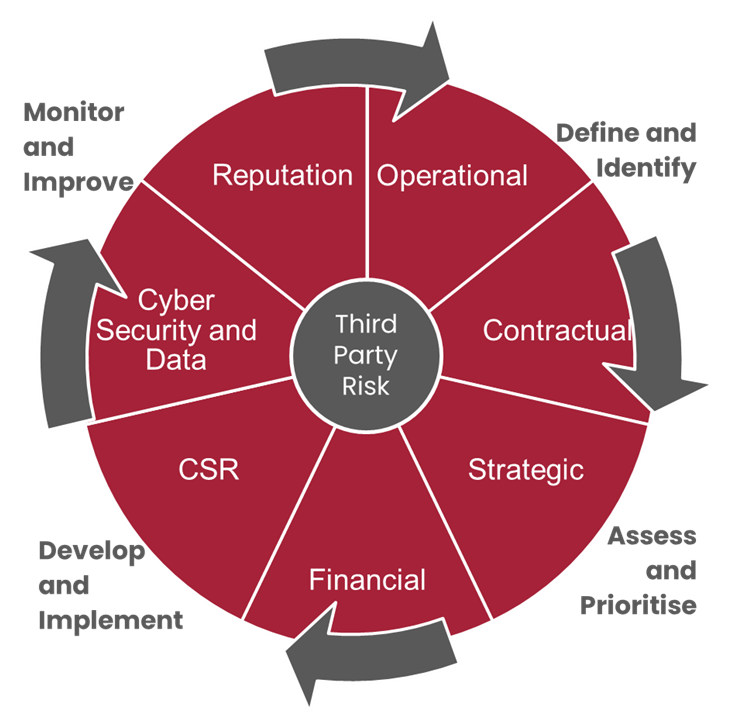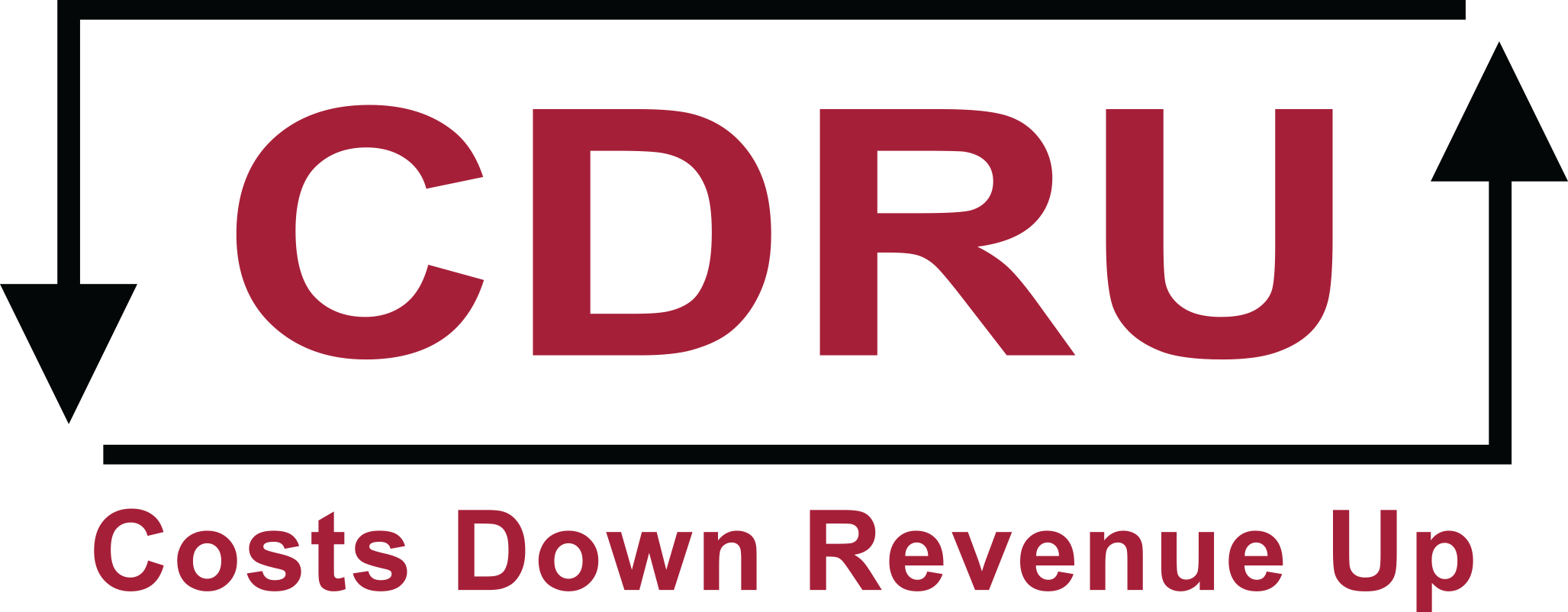As businesses increasingly depend on external parties for a diverse range of offerings such as IT Services, Digital Marketing, Manufacturing and Logistics, and Finance and Accounting Services (to name a few), engaging with third parties alters the organisations risk landscape. This exposes organisations to similar risks faced by service providers, encompassing operational, compliance, legal, financial, and reputational concerns. An organisations risk posture therefore, must align with that of their service providers, extending to potential issues related to inadequate due diligence, vulnerabilities in the supply chain, data breaches, cyber-attacks, and other security threats.
While many organisations have well-developed capabilities in identifying, assessing, and mitigating risks more broadly, including cyber capabilities and protection of information assets, there is still work to do. Recently, ASIC Chair Joe Longo said…

By establishing and maintaining strong preventative and reactive Third Party Risk Management (TPRM) practices, organisations can ensure third-party and supply chain risks are identified and assessed early and continuously, improving third-party relationships, and enhancing an organisations resilience and risk profile.
What is Third Party Risk Management (TPRM)?
TPRM stands for and refers to the process of identifying, assessing, and mitigating risks associated with third-party vendors, suppliers, and service providers that an organisation relies on to conduct its business operations. Also known as Vendor Risk Management (VRM), TPRM goes beyond the general risk management and Governance, Risk and Compliance (GRC) principles by integrating both preventative and reactive measures into vendor management practices, enhancing an organisations resilience to potential disruptions and minimising the impact of unforeseen events. A comprehensive approach involves ongoing monitoring, collaboration with suppliers, and a commitment to continuous improvement.
Preventative Supplier Risk Management enables the early detection and response to potential disruptions, delays and risks that threaten operations, ensuring supply chain trust, integrity and resilience, ensuring vendors deliver as per agreement or expectations. Reactive Supplier Risk Management enables effective monitoring of Third-Party performance and compliance with contractual obligations, ensuring Supplier Risk Management controls and risk mitigation strategies are effective enabling measured response to underperformance and/or supplier incidents, ensuring supply chain trust, integrity and resilience.
Why Identify, Assess and Mitigate Third Party Risk?
It is important for organisations to identify, assess and prioritise the following risks by understanding and implementing appropriate risk mitigation strategies. By establishing strong contractual agreements, and regular and consistent monitoring and assessment, organisations can ensure third-party relationships are managed effectively:
- Operational Risk: Monitor regulatory compliance, the effect of a vendor failure, technical and physical security risks, aged assets, insurance coverage, OH&S and associated fraud risks.
- Contractual Risk: Contractual exposure including Vendor capacity, end of life or inability to enforce the contract.
- Strategic Risk: Inconsistency in strategic direction and the level of management needed, and inadequate expertise and risks associated with outsourced or offshore operations.
- Financial Risk: Assessment of the potential for financial failure, assessed at onboarding and monitoring of financial strength.
- Corporate Social Responsibility: Onboarding assessment and annual assessment covering Environment, Labour and Human Rights (inc. Modern Slavery), Ethics and Sustainability.
- Cyber Security and Data Governance: Assessment of data housed with Vendors, where it is hosted, and physical site security inspections.
- Reputational Risk: Review negative news and media associated with poor service, disruptions & impact on client or the client’s customers.
Effective TPRM can help an organisation manage risks associated with the access to and the use of information assets, and the use, support, and management of IT infrastructure, by implementing appropriate risk management strategies and controls.

Why it Matters
- Supplier due diligence during the RFP process and/or at on-boarding indicates the integrity and resilience of new suppliers and drives decisions regarding engagement and contractual risk mitigation.
- Carrying out supplier tiering, and analysis of Critical Service Providers (CSPs), in line with the Security of Critical Infrastructure Act 2018 (SOCI Act) *, based on criteria of business criticality, risk level and spend value, drives prioritisation of contracts and performance management, informing the governance process, the management of tasks and frequency at which they occur.
- Ongoing third-party monitoring of financial performance, company structure and any fraudulent activity, adverse legal proceedings, insolvency actions and defaults enables the early detection of potential disruptions, delays and risks.
- Monitoring of compliance to obligations under the Contract such as compliance with any applicable GRC (Governance, Risk and Compliance) and ESG (Environment, Social and Governance) regulations and standards including human rights obligations consistent with the Modern Slavery Act 2018 further mitigates adverse risk in the supply chain.
CDRU Support
The CDRU unique Strategic Sourcing Framework “USP” (Understanding; Solutioning; Proposing) methodology covers the analysis, solutioning and then proposing recommendations and an implementation plan to apply the recommended changes and improvements. Our approach outlines clear and practical steps to define and identify an organisations critical processes, outline internal and external requirements to then identify and mitigate supplier risks.
CDRU’s USP process comprises the following stages and activities:

TPRM is a strategic and comprehensive approach that helps organisations proactively manage and mitigate risks associated with their third-party relationships, ensuring a more resilient and secure business environment.
To uncover how CDRU can use their strategic sourcing expertise to achieve your organisations optimisation goals, get in touch now.
References:
- ASIC calls for greater organisational vigilance to combat cyber threats, Published 13 November 2023: ASIC calls for greater organisational vigilance to combat cyber threats.
- The Security Legislation Amendment (Critical Infrastructure Protection) Act 2022 (SLACIP Act) came into effect on 2 April 2022.





